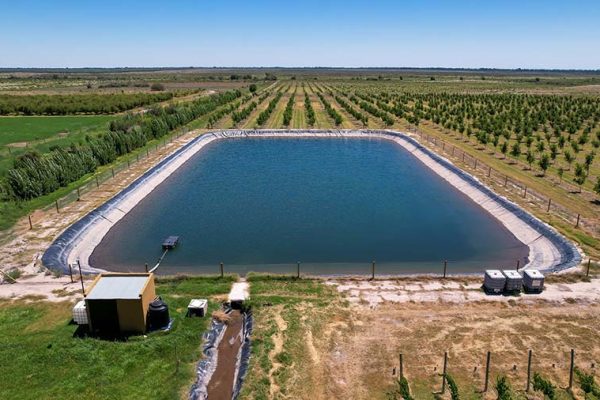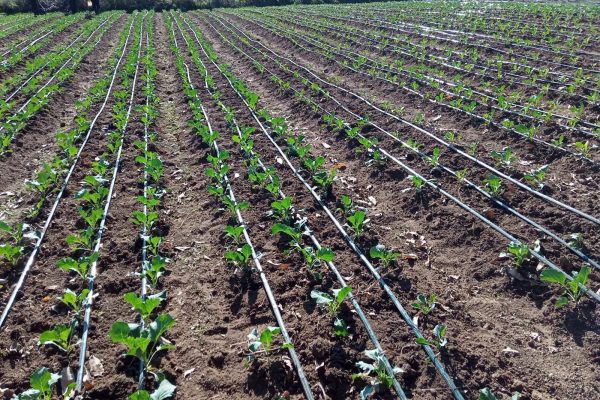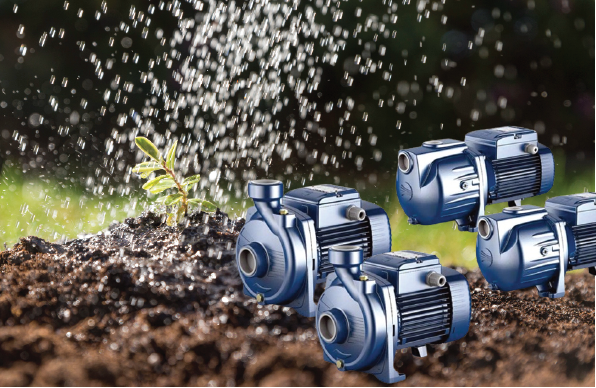
Sustaining Life, Water Dam Reservoirs
Sustaining Life, Water Dam Reservoirs – Water dam reservoirs play a crucial role in water management, especially in arid and semi-arid regions like Kenya. Constructing these reservoirs involves several steps, each meticulously planned and executed to ensure they provide sustainable water supply for households and agricultural purposes. This article delves into the construction of water dam reservoirs in Kenya, their use in supplying water for households and farming, and the types of pumps used to distribute this water. Constructing Water Dam Reservoirs in Kenya Firstly, constructing a water dam reservoir in Kenya starts with selecting a suitable location. Engineers conduct extensive surveys to identify areas with adequate rainfall and suitable topography. Once a site is selected, the design phase begins. This involves creating detailed plans that account for the dam’s size, the catchment area, and the materials required. Next, the construction phase involves several steps. Initially, the land is cleared, and a foundation is laid. Concrete and earth materials are commonly used, with concrete providing structural strength and earth materials ensuring the dam’s stability. As the dam takes shape, spillways and outlets are incorporated to manage water flow and prevent overflow. Finally, the reservoir is filled with water, usually during the rainy season. Providing Water for Households Moreover, water dam reservoirs are vital in supplying water to households. The water stored in these reservoirs is treated to remove impurities and make it safe for consumption. Treatment plants near the reservoirs typically handle this process, involving filtration, sedimentation, and chlorination. Once treated, the water is pumped to households. This is where reliable pumps come into play. Brands like Grundfos, Pedrollo, and DAB offer high-quality pumps suitable for domestic water supply. Grundfos, for instance, provides a range of submersible pumps that are efficient and durable. Pedrollo’s centrifugal pumps are also popular for their reliability and efficiency in pumping water over long distances. Supporting Farming and Agriculture In addition, water dam reservoirs are indispensable for agriculture. They provide a consistent water supply, crucial for irrigation in Kenya’s predominantly dry regions. Irrigation systems fed by these reservoirs can transform arid lands into productive farms, boosting food security and farmers’ livelihoods. Pumping water for irrigation requires robust and efficient pumps. Companies like Davis & Shirtliff and Lorentz supply pumps designed for agricultural use. Davis & Shirtliff offers a variety of solar-powered pumps, perfect for remote areas without access to electricity. Lorentz, known for its innovative solar pumping solutions, provides sustainable options that reduce operating costs for farmers. Choosing the Right Pumps When selecting pumps for either household or agricultural use, it’s essential to consider factors such as the distance the water needs to be pumped, the terrain, and the volume of water required. For households, smaller, more efficient pumps like the Grundfos SQFlex series are ideal. For agricultural purposes, more powerful pumps like the Davis & Shirtliff DS series or Lorentz PS2 solar pumps are recommended. Conclusion In conclusion, water dam reservoirs are a cornerstone of water management in Kenya. Their construction involves careful planning and execution, ensuring they can sustainably provide water for households and agriculture. The use of high-quality pumps from brands like Grundfos, Pedrollo, DAB, Davis & Shirtliff, and Lorentz ensures efficient water distribution. By harnessing the potential of these reservoirs and pumps, Kenya can secure a stable water supply, enhancing both household living conditions and agricultural productivity. Investing in water dam reservoirs and reliable pumping systems is not just a necessity but a strategic move towards a more sustainable and prosperous future for Kenya. Our Contacts: Contact TrendBlend HubWebsite: – Click HereWhatsApp | Call: +254 743 149 267 | + 254 738 352 258Email Address: info@trendblend.co.ke | sales@trendblend.co.keFollow our IG: @TrendBlendHubKe


